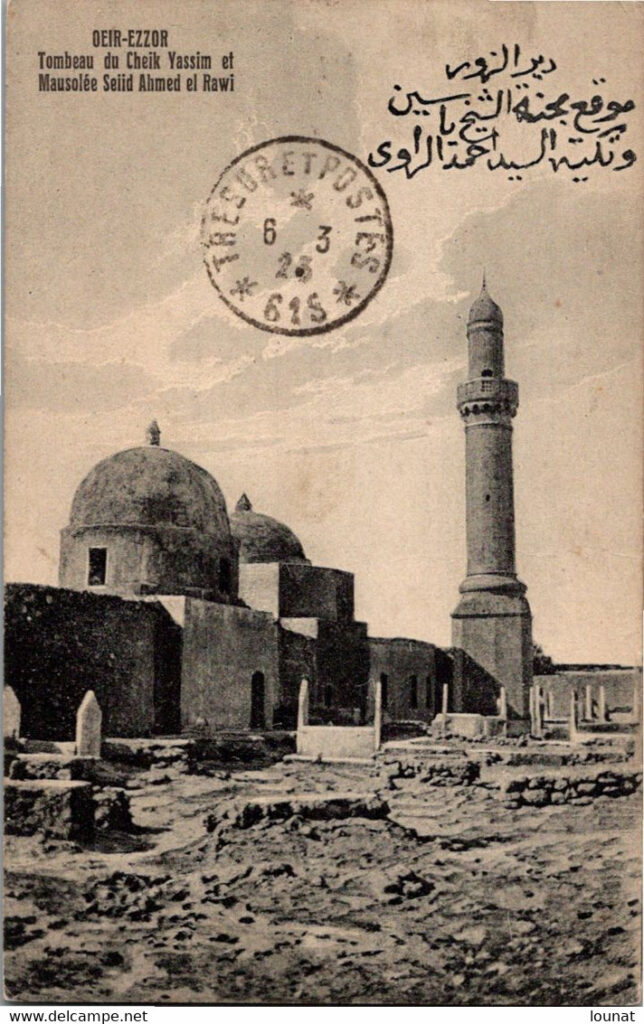Tekkiyeh al-Rāwī is a modest mosque (zāwiya) located in the heart of Deir ez-Zor, Syria, within the Sheikh Yassin district. The term tekkiyeh, borrowed from Turkish and analogous to a khanqah or zāwiya, has a debated etymology. Some scholars trace it to the Arabic verb ittakā (to lean or rely on), while others associate it with the Turkish notion of rest and comfort—a haven for travelers and wayfarers seeking refuge, food, and rest. French orientalist Clément Huart suggests a Persian origin, connecting the term to the word for leather, recalling the traditional symbolism of Sufi sheikhs who used sheepskin as a spiritual emblem.
Construction of Tekkiyeh al-Rāwī began in 1882 and was completed in 1886, under the guidance and personal funding of Sheikh Ahmad al-Rāwī, who endowed the property as a charitable waqf in the name of God and for his descendants. Known for his piety and devotion, Sheikh Ahmad was highly respected by the people of Deir ez-Zor.
Tekkiyehs like al-Rāwī have played a vital role in educating generations of youth, strengthening Islamic faith in youth, and fostering social cohesion—especially during the holy month of Ramadan.













